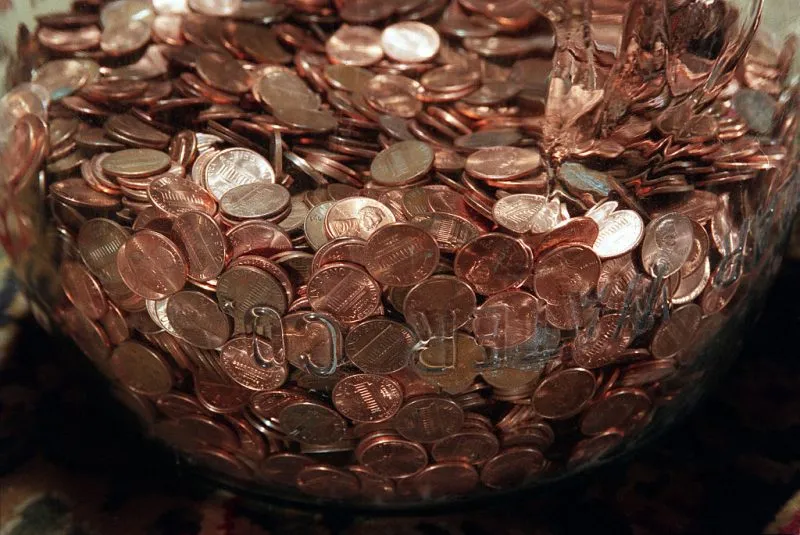Trump's Directive to Halt Penny Production: Economic Implications

Trump's Decision to Stop Minting Pennies
President Trump announced on Sunday that he has asked the Treasury Department to cease penny production, branding the one-cent coin as wasteful. In a *Truth Social* post, he instructed Treasury Secretary Scott Bessent to stop minting new pennies, which feature President Abraham Lincoln's visage. Active for far too long, the U.S. has minted pennies that cost taxpayers more than 2 cents to produce, amounting to a substantial economic strain.
Economic Analysis of Penny Production
Data from the U.S. Mint's recent annual report reveals that producing a single penny reached nearly 3.7 cents in Fiscal Year 2024, costing over $179 million in FY2023 alone. Over 4.5 billion pennies were minted in that year, accounting for 40% of all coins produced for circulation.
- Penny minting is financially burdensome
- The composition of the penny has changed over time, shifting from copper to primarily zinc, with copper plating.
- Billionaire entrepreneur Elon Musk has also criticized the penny's financial inefficiency, echoing Trump's sentiments.
Long-term Economic Considerations
This move to halt penny production implies a reevaluation of circulating coins, reflecting a broader attempt to eliminate unnecessary expenditures in federal budgeting practices.
This article was prepared using information from open sources in accordance with the principles of Ethical Policy. The editorial team is not responsible for absolute accuracy, as it relies on data from the sources referenced.